Swiss chard is not only a beautiful and tasty leafy green, but it is also packed with essential nutrients and health benefits. From its rich variety of colors to its versatility in the kitchen, it is truly a superfood worth exploring. In this article, we’ll dive into the fascinating world of Swiss chard, covering its nutrition, culinary uses, growing tips, and more.
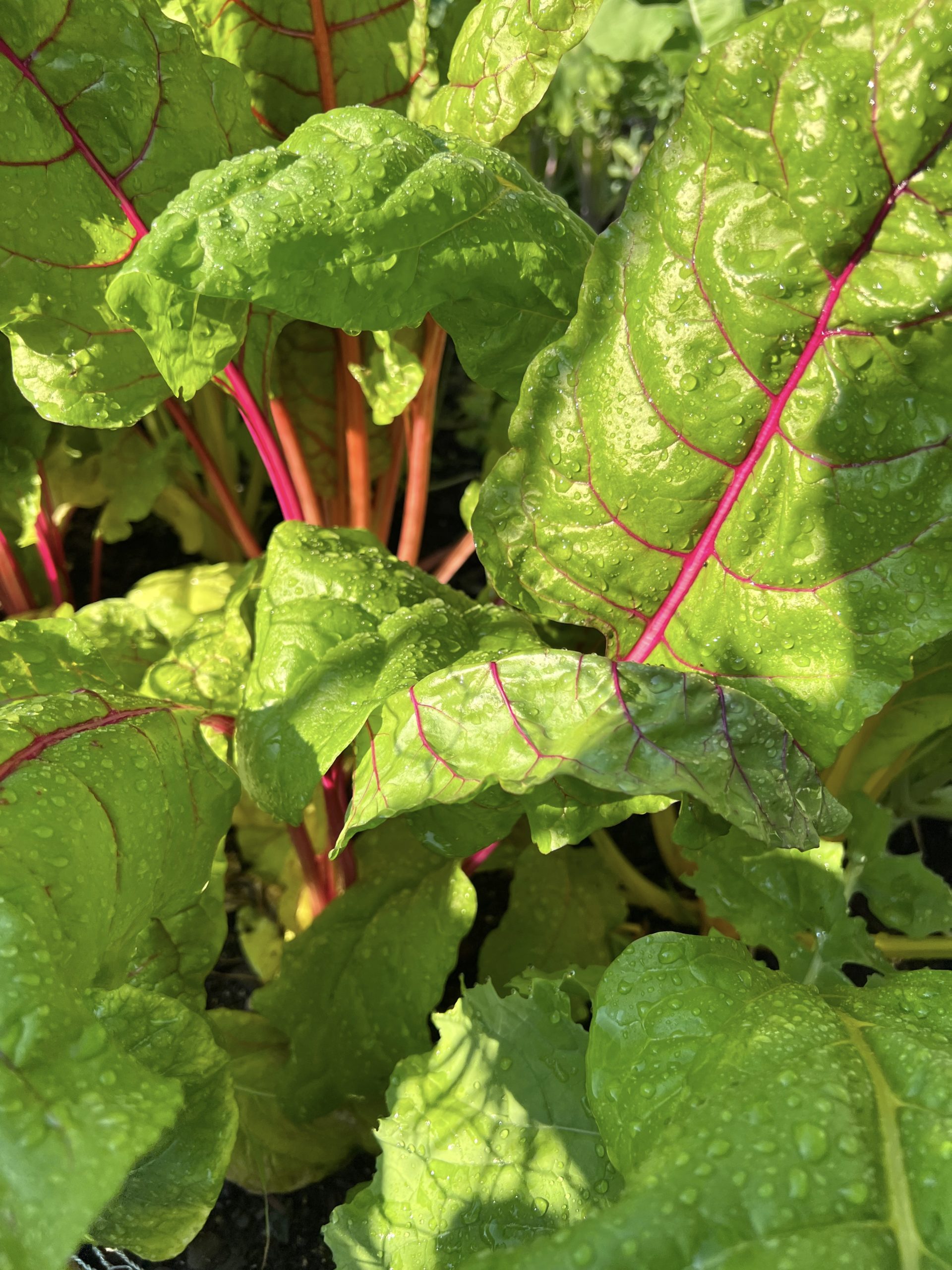
Table of Contents
What is Swiss chard?
Swiss chard, also known as silverbeet, is a leafy green vegetable that is part of the beet family. While it’s not as well-known as other leafy greens like spinach or kale, it is a nutritional powerhouse that deserves a spot in your diet.
You can grow it yourself very easily, (see instructions below) but if you don’t have a garden space it can be found in most grocery stores and/or your local farmer’s market.
Interesting facts:
- Swiss chard was first cultivated in the Mediterranean area over 2,000 years ago.
- It got its name from a Swiss botanist who discovered it in the 19th century.
- The plant is also known as silverbeet, spinach beet, and perpetual spinach.
- The colorful stems can range from white to yellow, red, or even pink.
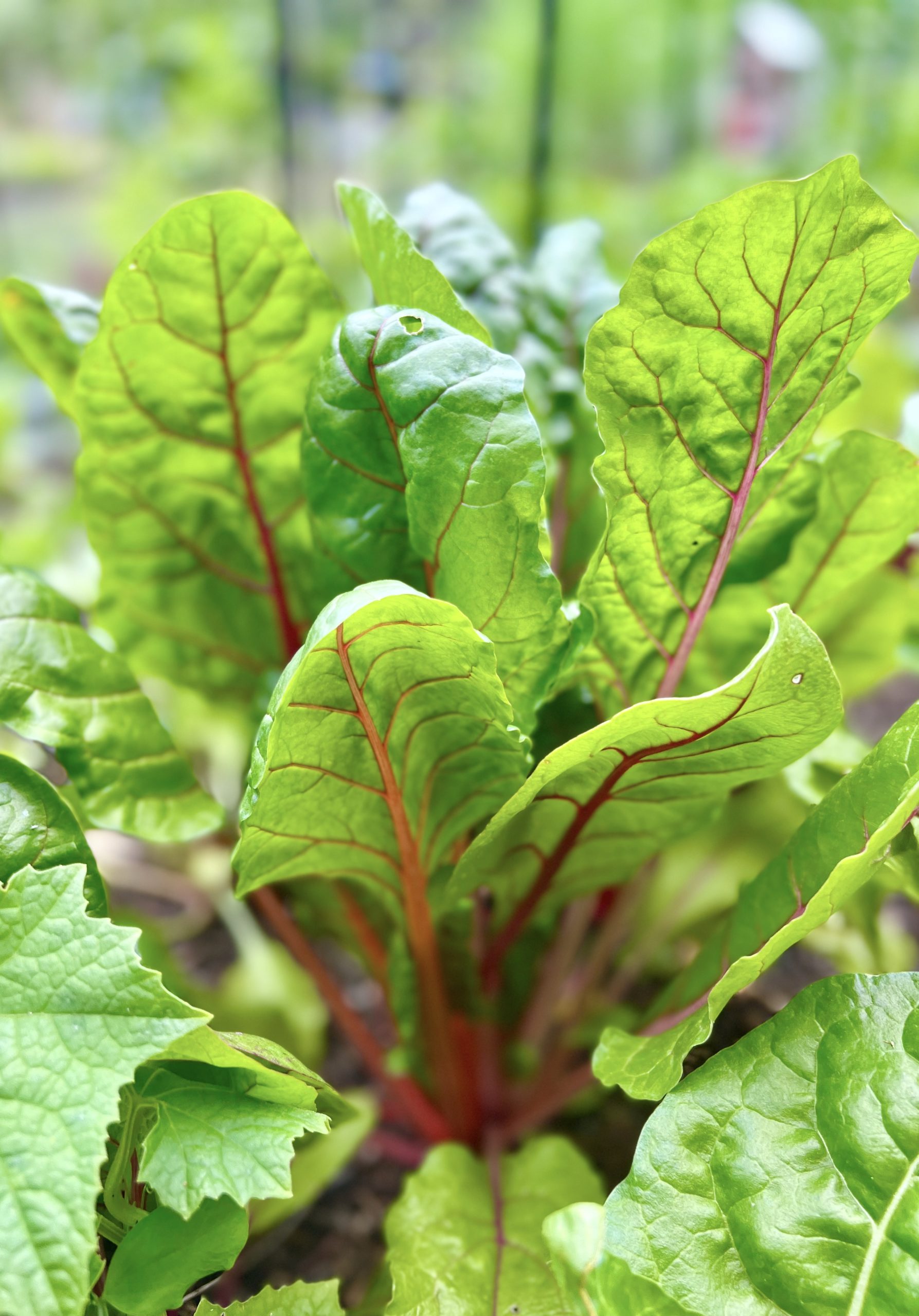
Health Benefits:
Swiss chard is a nutrient-dense vegetable that can benefit your health in a variety of ways. Here are just a few of its noteworthy health benefits:
- It’s high in vitamins A, K, and C, as well as antioxidants that can help protect your cells from damage. These nutrients are essential for maintaining good health and preventing chronic diseases.
- It is a good source of fiber, which can aid in digestion and help you feel full longer.
- The vitamin K in Swiss chard can help improve bone health and reduce the risk of osteoporosis, which is especially important for women approaching or already in menopause.
Nutrition information:
One cup of cooked Swiss chard contains:
- Calories: 35
- Fat: 0g
- Carbohydrates: 7g
- Fiber: 4g
- Protein: 3g
Is Swiss chard keto friendly?
Yes! Swiss chard is low in carbs and high in fiber, making it a great choice for those following a keto diet. It’s also a great source of minerals like magnesium and potassium which are especially important for maintaining electrolyte balance on a ketogenic diet.
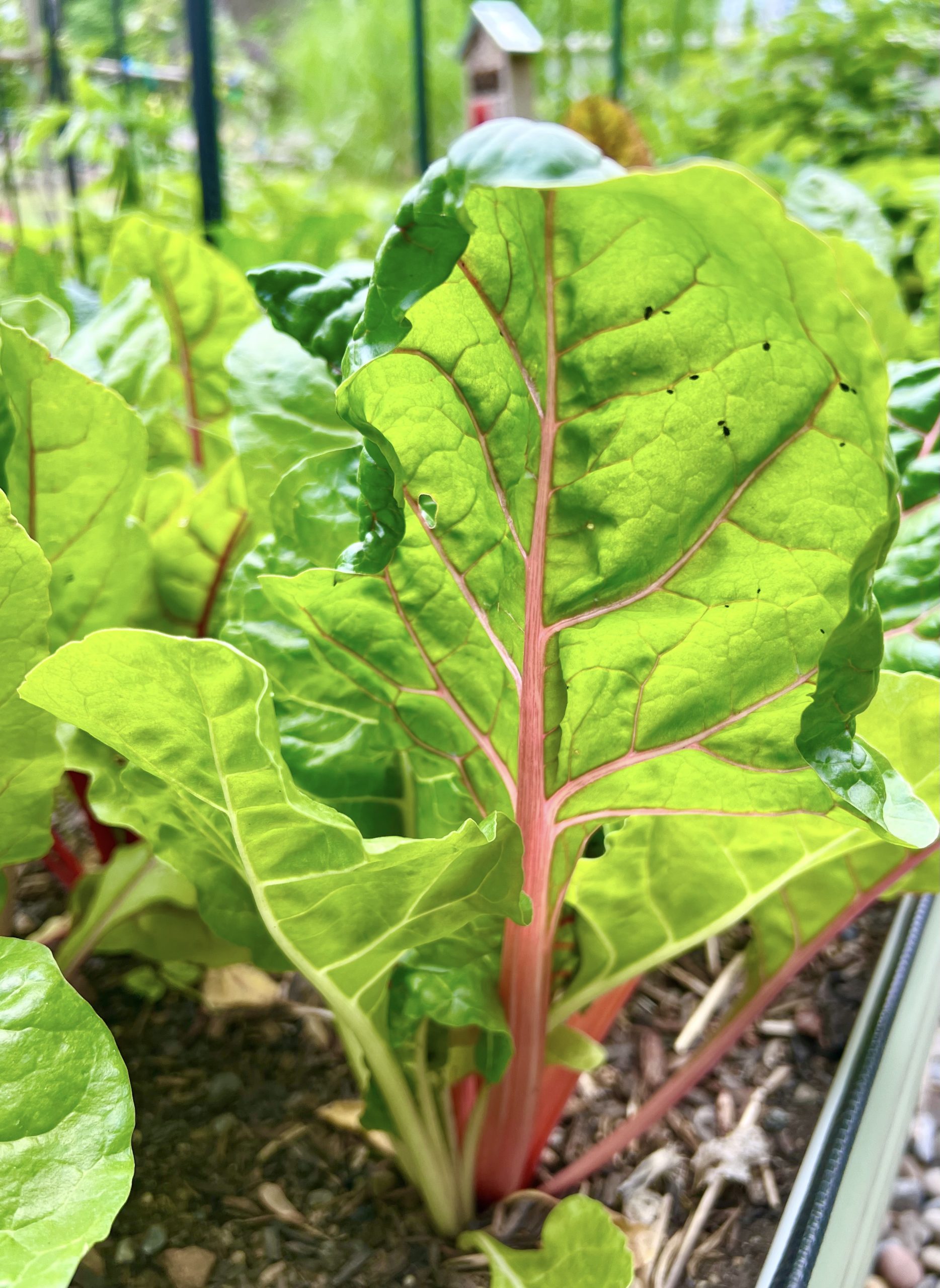
Culinary uses:
Swiss chard is a beautiful and delicious vegetable that can be eaten cooked or raw. Both the leaves and stems are edible, and it has a bitter, slightly salty taste.
Commonly used in Mediterranean cooking, it can be sautéed, steamed, roasted, or added to soups and stews.
It is also a great substitute for spinach in almost any recipe.
Popular types of Swiss chard:
Swiss chard comes in a variety of types, each with its own unique flavor and texture. Here are a few popular types and their uses in various cuisines:
- Rainbow/Bright Lights: This type of Swiss chard has colorful stems and is great for adding visual interest to dishes.
- Fordhook Giant: This variety has wide, flat leaves that are perfect for stuffing or rolling.
- Ruby Red: As the name suggests, this variety has deep red stems and is great for stir-fries and sautés.
How to plant and grow:
Swiss chard is a cool-weather crop that grows best in well-draining soil with a pH of 6.0 to 7.0. It can be grown from seeds or transplants and should be planted in a sunny location in early spring or late summer.
Be sure to water regularly and fertilize with a nitrogen rich fertilizer every few weeks to encourage new leafy growth.
You can also use the succession planting method, planting a new crop every 2 weeks to ensure that you will be able to harvest it for the duration of the season.
Common pests and control methods:
Swiss chard can be vulnerable to a few common pests, including aphids, slugs, and leaf miners. Here are a few organic control methods for these pests:
- Use a strong spray of water to knock aphids off the plants.
- Place copper tape around the base of the plants to deter slugs.
- Handpick any affected leaves and dispose of them to control leaf miners.
How to harvest Swiss chard:
Swiss chard can be harvested when the leaves are young and tender, usually around 40 to 60 days after planting. The outer leaves can be harvested first, leaving the inner leaves to continue growing.
Harvest leaves when they reach 6-8 inches in length, leaving the base intact to grow new leaves throughout the season. It’s best to harvest in the morning when the leaves are at their freshest.
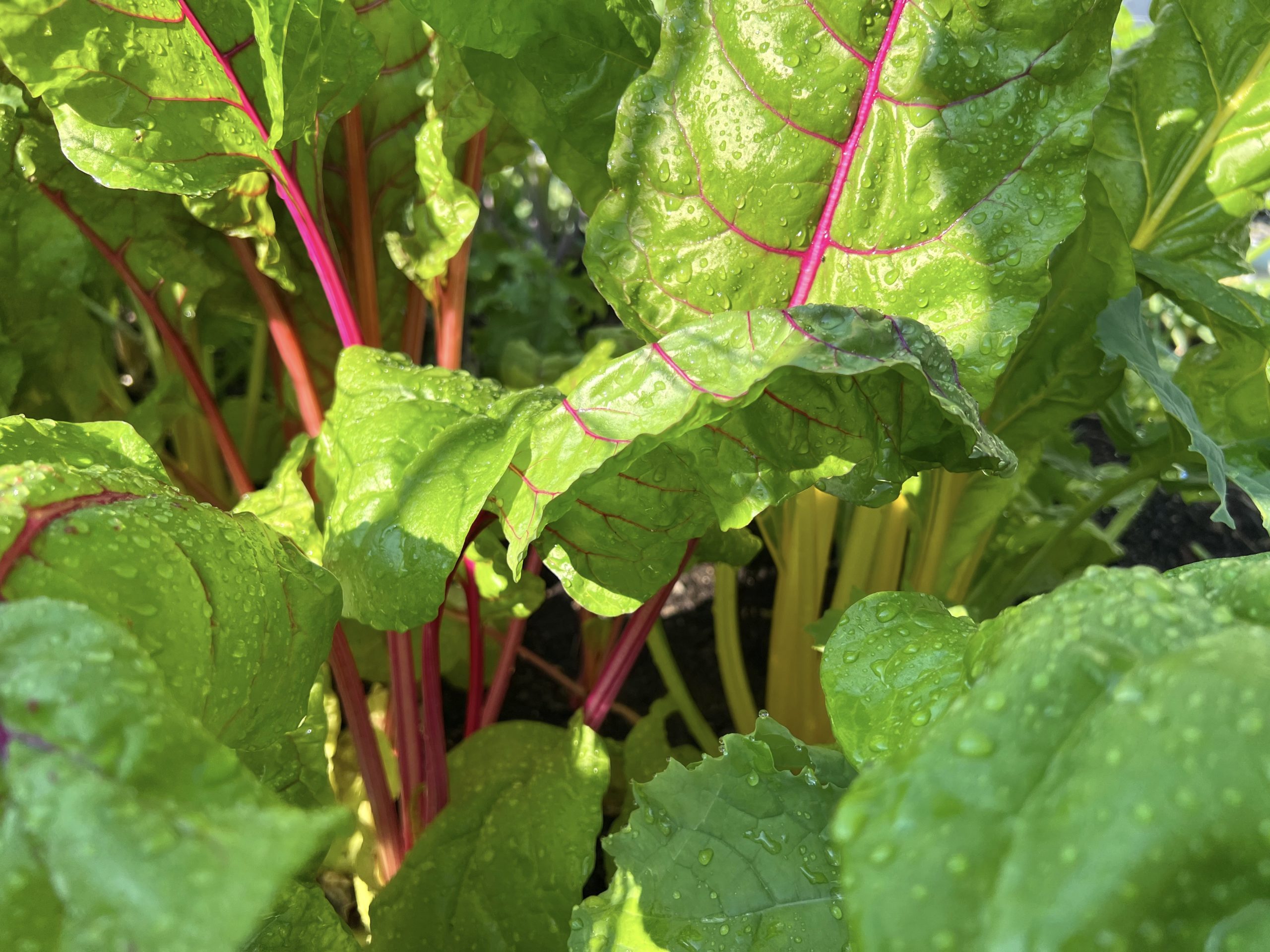
How to prepare:
Swiss chard is easy to prepare and can be used in a variety of ways! Here are the basics of how to prep it for use in recipes:
- Wash thoroughly and pat dry gently
- If using the leaves as a wrap, cut the stem off at the bottom of the leaf. Chop the stems and reserve for another recipe.
- If cooking, cut off the stems and chop them into bite-sized pieces, keeping them separate from the leaves. Then slice the leaves into thin ribbons. Typically, you would sauté the stems for a couple of minutes before adding the leaves, since the stems take much longer to cook.
How to store:
Swiss chard can be stored in the refrigerator for up to a week. To store, wrap the leaves in a damp paper towel and place in a plastic bag. You can also freeze it for up to 6 months – but for best results, the leaves should be blanched first, and then frozen.
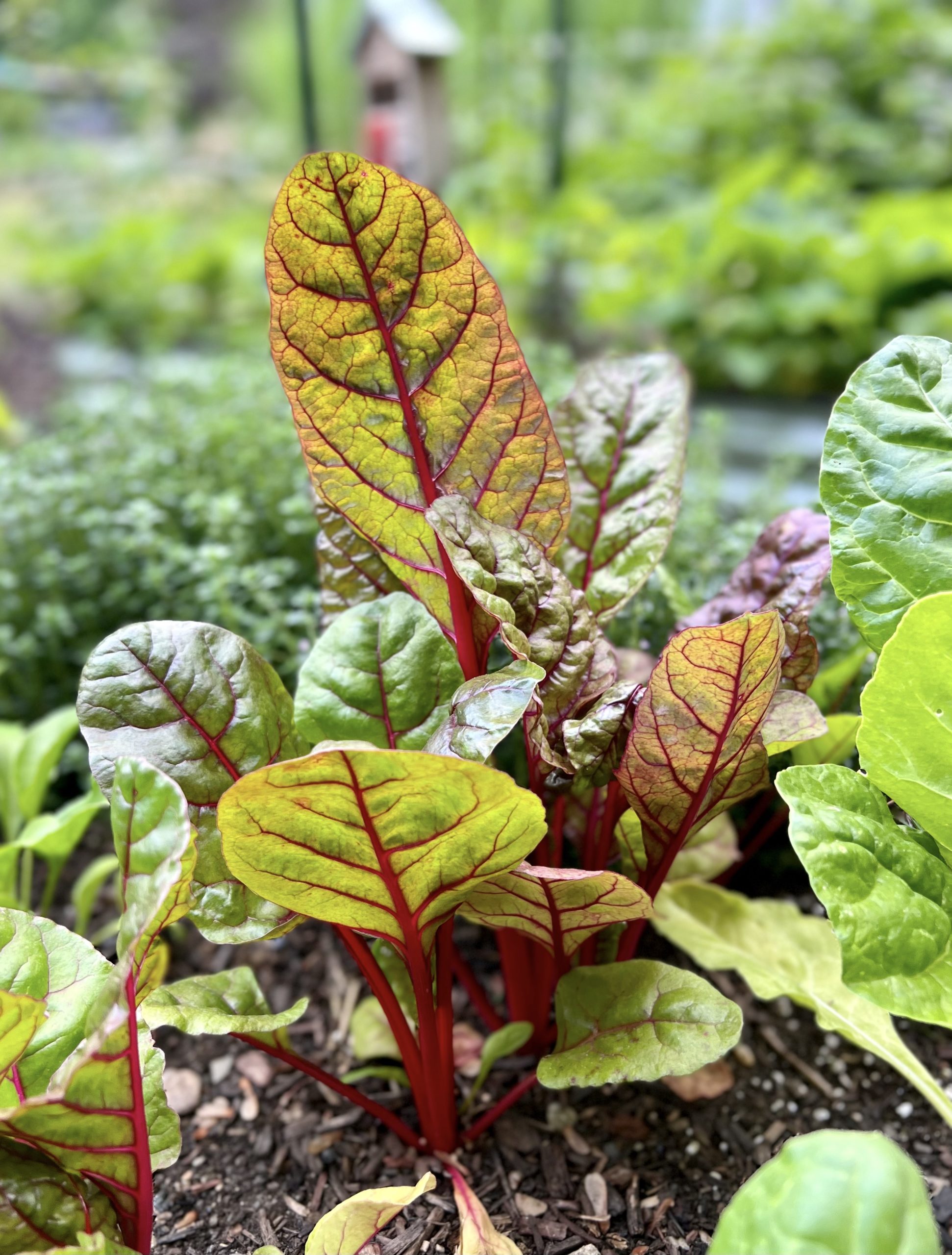
Swiss chard may not be as well-known as other leafy greens, but it’s definitely worth trying. With its impressive nutritional profile, versatility in the kitchen, and ease of growing, it is a superfood that everyone should add to their diet.
Are you on team Swiss chard? What’s your favorite way to use it?

